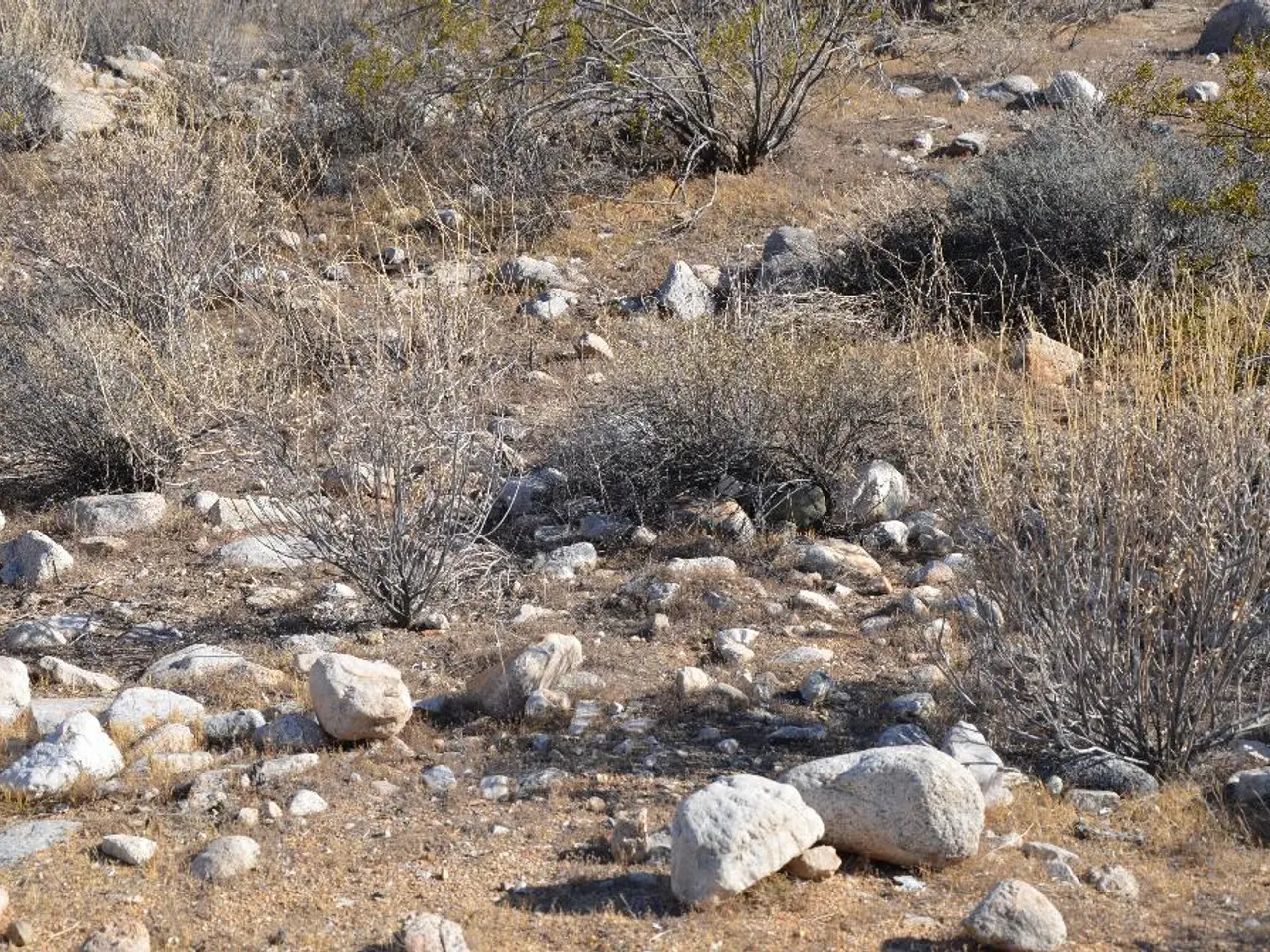Transforming Decomposed Granite into Nutrient-Rich Planting Ground
Decomposed granite (DG), a popular choice in landscaping, is a finely weathered and eroded form of solid granite, with particles ranging from dust to three-eighths of an inch in size [1]. While DG is permeable and can be used for paths, driveways, and garden trails, it is not suitable as planting soil on its own due to its lack of organic matter and essential nutrients for plant growth [2].
To transform DG into productive planting soil, follow these general steps:
- Mix in organic matter: Add compost, aged manure, leaf mold, or well-rotted garden waste to the decomposed granite. This increases the nutrient content and improves soil structure for better root growth and moisture retention.
- Incorporate topsoil or garden soil: Blend the DG with good-quality topsoil or existing garden soil to provide a base of fertile material.
- Adjust pH and nutrients: Test the soil mixture’s pH and add amendments such as lime or sulfur if needed to balance acidity or alkalinity. Supplement with fertilizer or soil amendments (e.g., bone meal, rock phosphate) to provide essential nutrients.
- Improve texture and drainage: To prevent compaction and enhance drainage, you may add materials like sand (if DG is too fine) or perlite.
- Allow the mixture to “settle”: After thoroughly mixing, let the amended soil rest and “cure” for several weeks, watering occasionally, which helps organic material break down and soil microbes establish.
DG is commonly used in landscaping as a mulch or decorative surface because it suppresses weeds and retains moisture to some extent. However, it must be amended to support healthy plant roots effectively [1][2].
Maintaining DG is relatively easy; regularly sweep or rake the surface to remove leaves and debris, and periodically add more DG as needed. If the DG becomes compacted or loses its texture, you can loosen it by raking or adding water.
When using DG for driveways, it is essential to consider using DG with resin to give the surface a similar appearance to asphalt while maintaining permeability.
Granite, the parent rock of DG, is an igneous rock, formed from the slow cooling and solidification of magma or lava beneath the Earth's surface. By transforming decomposed granite into planting soil, we can harness its unique properties while providing a nurturing environment for plants to thrive.
[1] Decomposed Granite for Paths, Driveways, and Garden Trails. (n.d.). Retrieved from https://www.diynetwork.com/how-to/outdoors/hardscaping/decomposed-granite-for-paths-driveways-and-garden-trails
[2] How to Use Decomposed Granite for Gardening. (n.d.). Retrieved from https://www.hgtv.com/outdoors/how-to-use-decomposed-granite-for-gardening
Transforming decomposed granite into productive planting soil involves mixing in organic matter, incorporating topsoil or garden soil, adjusting pH and nutrients, improving texture and drainage, allowing the mixture to settle, and maintaining the soil by regularly removing debris.
With the amended decomposed granite, we can harness its unique properties as an igneous rock and create a nurturing environment for plants, making it possible to combine home-and-garden landscaping with gardening in lifestyle choices.




